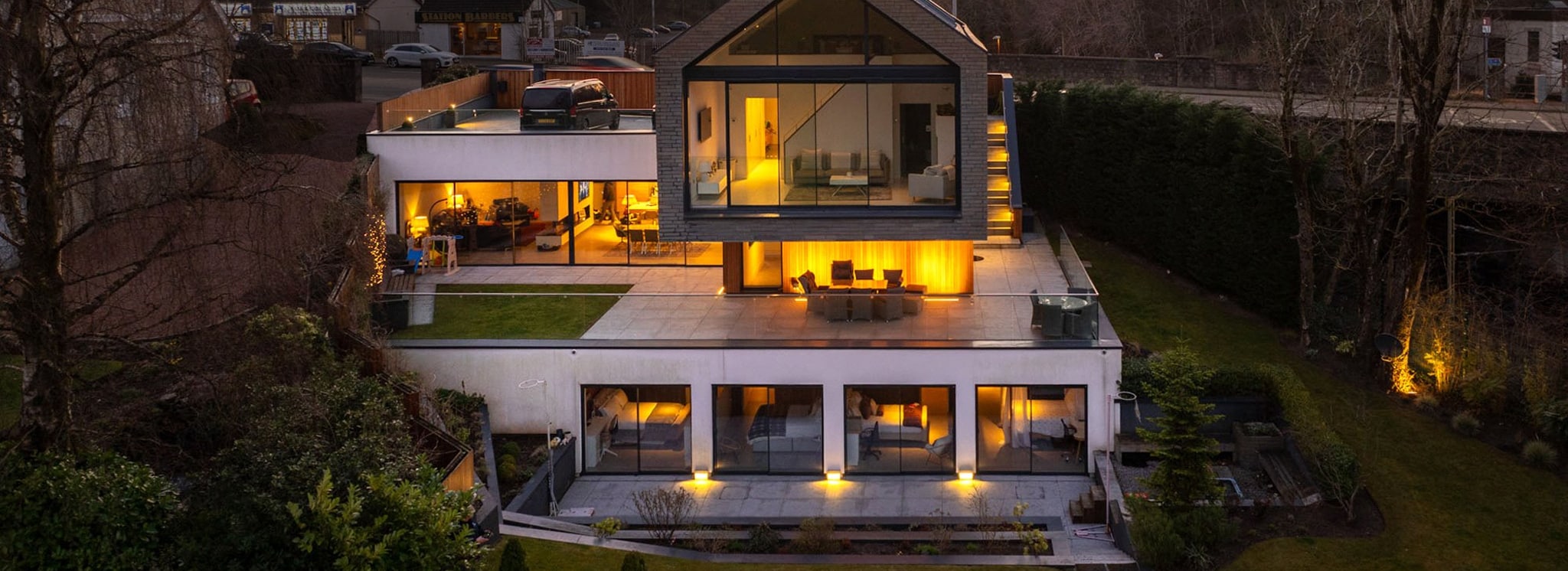
Starting a luxury renovation or self-build project is an incredibly exciting opportunity that should result in a bespoke space that reflects your vision. However, as fans of Grand Designs know, the journey is not always smooth sailing, as delays, budget challenges, and unexpected problems can seem inevitable.
With over 25 years of experience working across high-end renovation projects, the team at IDSystems has seen it all. In this guide, we will outline the most common mistakes and potential pitfalls we’ve experienced and, more importantly, provide expert advice from IDSystems’ technical sales manager Edward Stobart on how to avoid them.

A common mistake, especially for homeowners who are new to self-building, is to underestimate the cost and complexity of a luxury project. This can result in the budget not having enough flexibility to account for shifting plans and revised requirements. Worse still, finding this out mid-project can cause significant delays and make overall costs spiral.
When budgets get tight, it can be tempting to opt for cheaper materials or contractors, particularly for high-value items like glazing. However, this often proves to be a false economy.
While choosing cheaper options can lower the upfront cost, it almost always costs more in the long run – lower quality materials will not be as durable or long-lasting, and poor performance of doors and glazing can impact the energy efficiency of the entire build, resulting in higher energy bills.
“It is easy when budgets are tight to think about cutting costs, particularly when glazing is one of the most expensive elements of a build. But quality is definitely linked to price, and saving a few thousand pounds now but ending up with doors that cause problems constantly just isn’t worth the risk.” Says IDSystems’ technical sales manager Edward Stobart. “A homeowner recently came to us for help with failing four-year-old sliding doors from another supplier. The original company had gone out of business, leaving them without support. We discovered the doors were completely unsuitable for the property’s location, and the only real solution was a complete replacement. They chose to invest in theEDGE2.0 system, ensuring their home is now properly protected for years to come.”
The key to maintaining your budget is to focus on the details from day one;
Looking for a surveyor or an architect? Contact IDSystems for recommendations.
“We’ve had projects in the past where architects have insisted on a single huge window manufactured from a single glass unit that looks absolutely stunning but is incredibly costly to manufacture and install, whereas opting to split the same window into three frameless sections considerably reduces not only the cost of the materials but also the installation.” Edward Stobart says. “When a budget is involved, there will always be trade-offs to be made; it is about finding the ones that you can implement without impacting how you enjoy the house in the long run”.
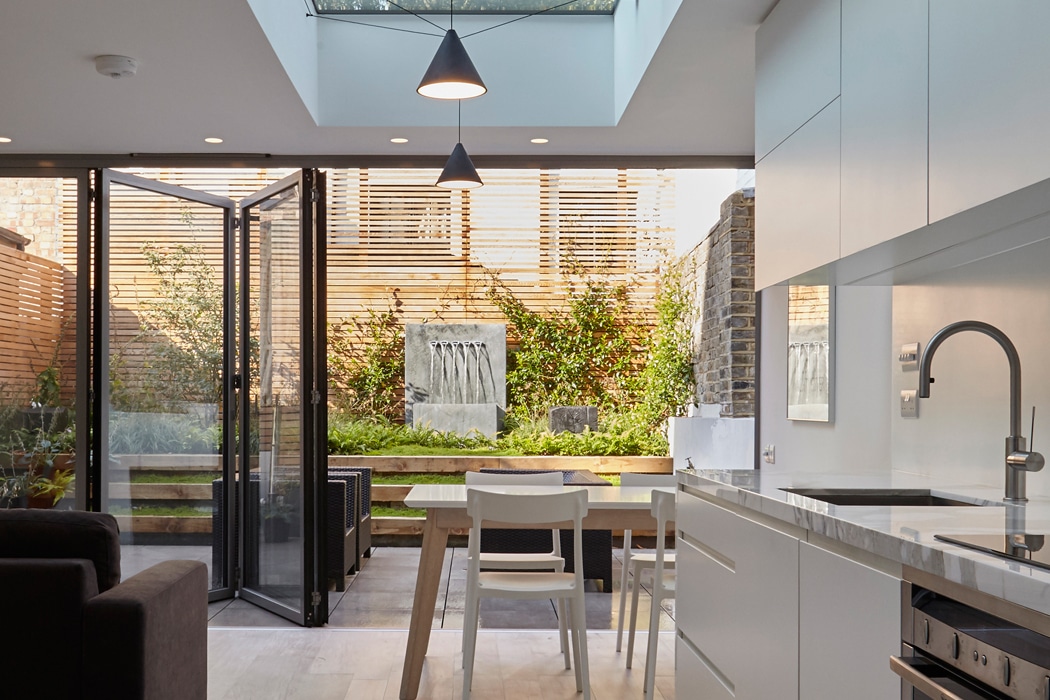
The larger the number of stakeholders involved in a project, the greater the risk of miscommunication, mistakes, and delays.
Edward Stobart says, “In my experience, one of the most common sources of project delays is a disconnected supply chain. If you have a supplier buying from a fabricator and then subcontracting the fitting, there is so little control over responsibility and quality. One of the main reasons we manufacture, supply, and install ourselves is so we aren’t reliant on third parties to make or fit the products.”
To avoid a disconnected supply chain, consolidate contracts wherever possible, especially for critical components like glazing. This ensures a single point of contact and responsibility, simplifying communication and coordination.
Duncan Foster, Duncan Foster Architects: “The general rule I always think with glazing is the more you can get wrapped up in one contract, the better. Because there’s one point of contact for the client, one point of contact for me, and one point of contact for the contractor and his programming. So, it was really critical that all the different glazing systems we wanted in here…could all be supplied and installed by one manufacturer.”
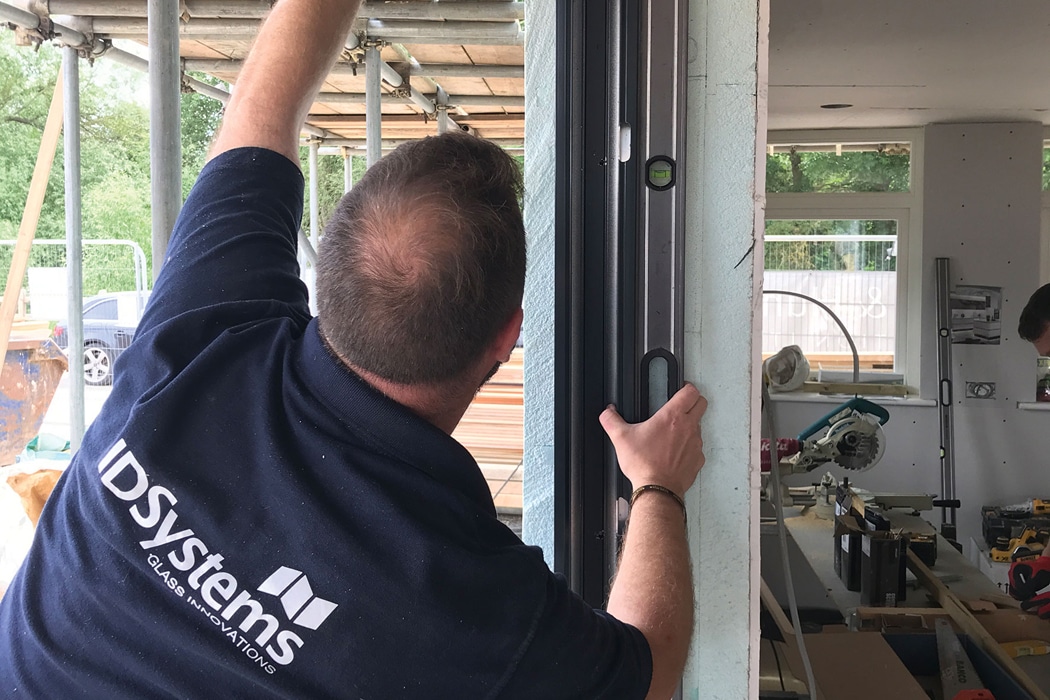
A common oversight is assuming any installer can handle specialist products, but even the highest quality products will fail if a contractor doesn’t install them correctly.
Edward Stobart says, “It isn’t just skilled glazing installers – it is installers that are experienced with that particular product. There is a huge difference between being able to fit nice, easy rectangular bathroom windows compared to a huge set of sliding doors, and once the doors are in, making adjustments becomes exponentially more problematic.”
In a large project, it’s impossible to oversee every person on site. That’s why it is vital to work with trusted partners who have proven experience in managing projects of a similar scale and complexity. The best person for the job is always the one who can demonstrate they have done it successfully before.
“At IDSystems, we are always happy to recommend architects and builders who we’ve worked with over the years, because we know that their experience on the type of projects that feature our doors and windows can be massively beneficial to homeowners.” says Stobart.
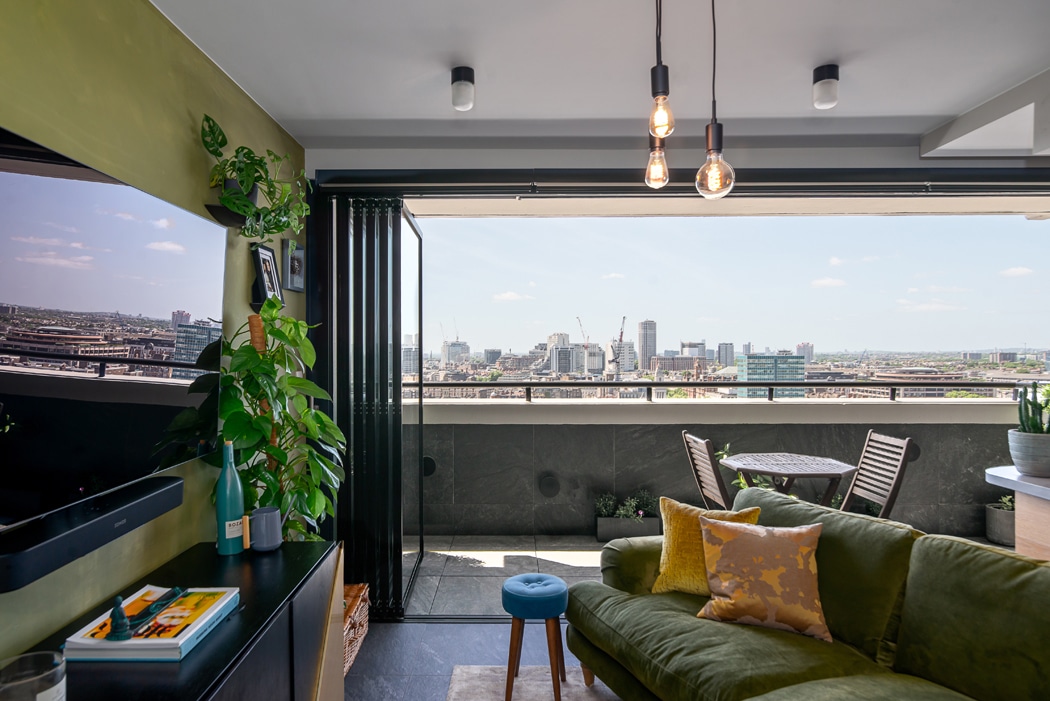
A successful renovation project is built on a complex relationship between the homeowner, architect, builder, and various specialist suppliers. But when communications break down, a lack of clarity over responsibilities is often the cause. This can create unnecessary friction, with specialist contractors often bearing the brunt of issues that originated elsewhere.
“When it comes to architects and builders, the messages can get mixed as they are approaching the project with their own considerations in mind. Architects will often look at the overall vision and the aesthetics of a project primarily, whereas a builder is considering how it is going to be practical to build.” says Stobart.
“By providing detailed specifications, maintaining open lines of communication with every party involved, and insisting on clear sign-offs at critical stages, you can remove ambiguity from your project.”
Managing a range of stakeholders is not easy, but the following core principles will help to keep the build on track:
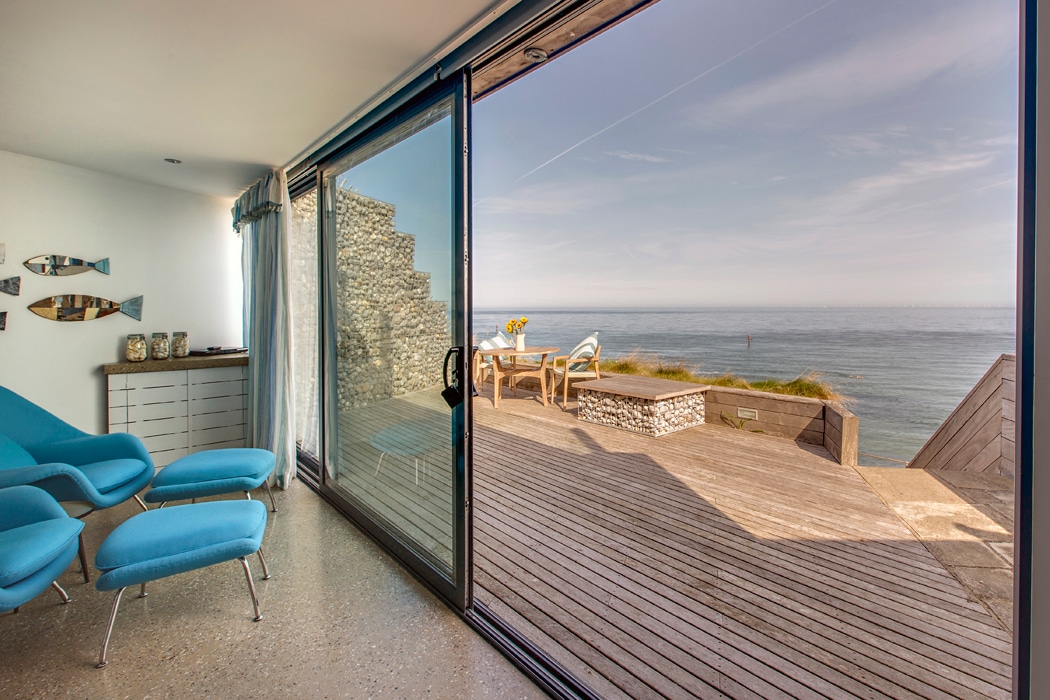
Choosing complex products without a full understanding of technical considerations and requirements for your specific property can result in multiple problems.
For example, factors to consider when selecting glazing should include:
Without the correct specification, your completed space could be uncomfortable, inefficient, or fail to meet security and weather-proofing standards.
While there are retrofit changes that can be made with glass, opting for the wrong solar control coatings and ending up with rooms that overheat because of direct sunshine in summer could completely negate any benefit of building the space.
Seek specialist advice early in the design process. For glazing, this means consulting with experts who can advise on the right specifications for thermal performance, solar gain, security, and aesthetics.
“The real key is to opt for a supplier who has multiple different options available to them, because that way you’ll understand the pros and cons of each different model and how it would work in your home. Edward Stobart says.
“A manufacturer who only sells one product is always going to try and convince you that it is the best one for you, rather than offer multiple options to find the product that is right for you, not just easiest for the manufacturer to supply.”
All of IDSystems’ detailed product specifications are available on our website to ensure complete transparency.
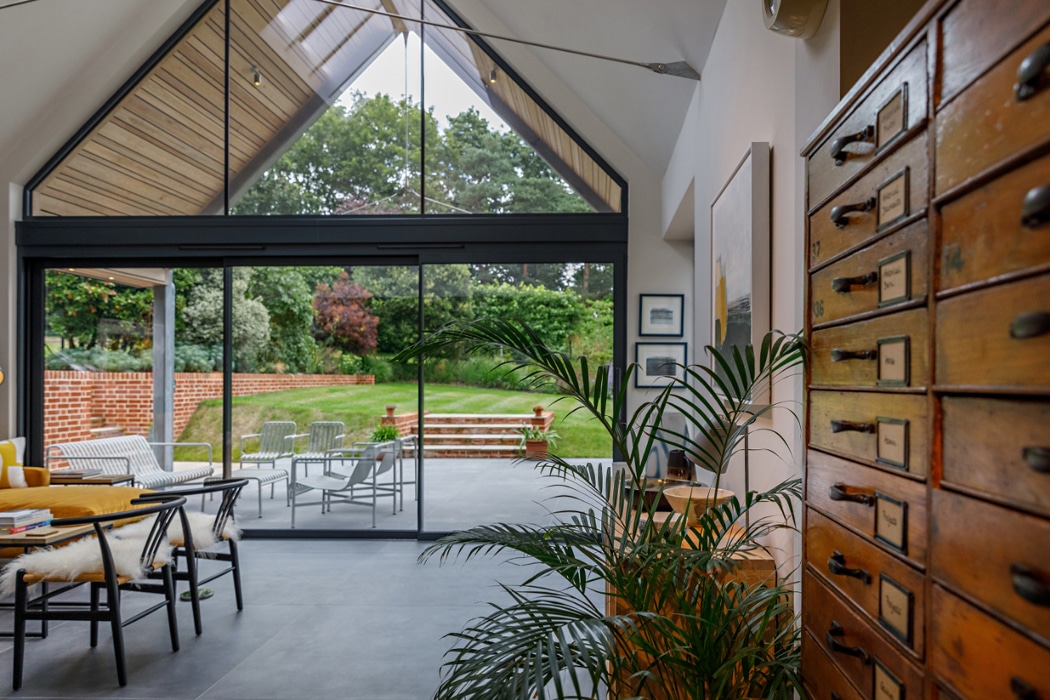
The complexities of building regulations can be a minefield, but failure to comply can be a hugely frustrating and expensive mistake, and is often discovered right at the end of the project when you’re ready to move in.
“Don’t ignore key features because they impact the aesthetic appeal of the finished system.” Stobart advises. “Finding out when you go to get sign-off on the house that the doors don’t comply with the relevant building regulations because they don’t have trickle vents or don’t include security laminate glass can be hugely frustrating and incredibly expensive.
“Suppliers know this, so making sure you get accurate and honest advice upfront is crucial. This issue is often linked to choosing low-cost suppliers who may not be as diligent about compliance. Ultimately, the responsibility rests with the homeowner, but you are reliant on the advice of experts – so use suppliers you can trust.”
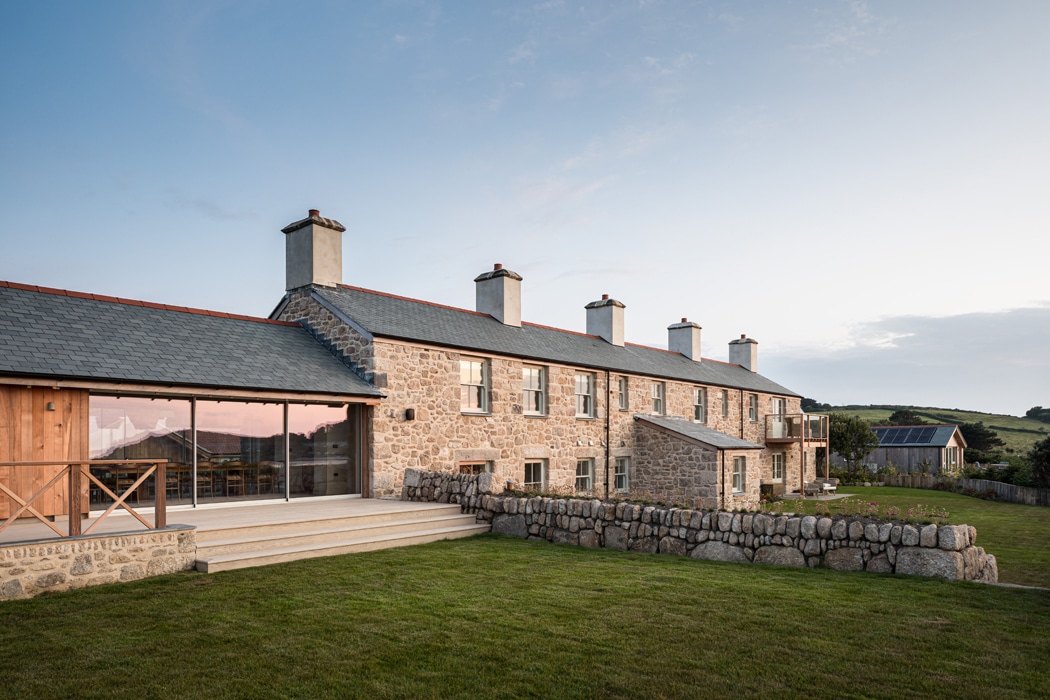
Luxury renovation projects are complex, but they don’t have to be stressful. By anticipating these common pitfalls from day one, you can navigate the process with confidence.
The keys to success are always the same:
If you are ready to start your renovation journey, contact the IDSystems team today to discuss how our expertise and award-winning products can help bring your vision to life.